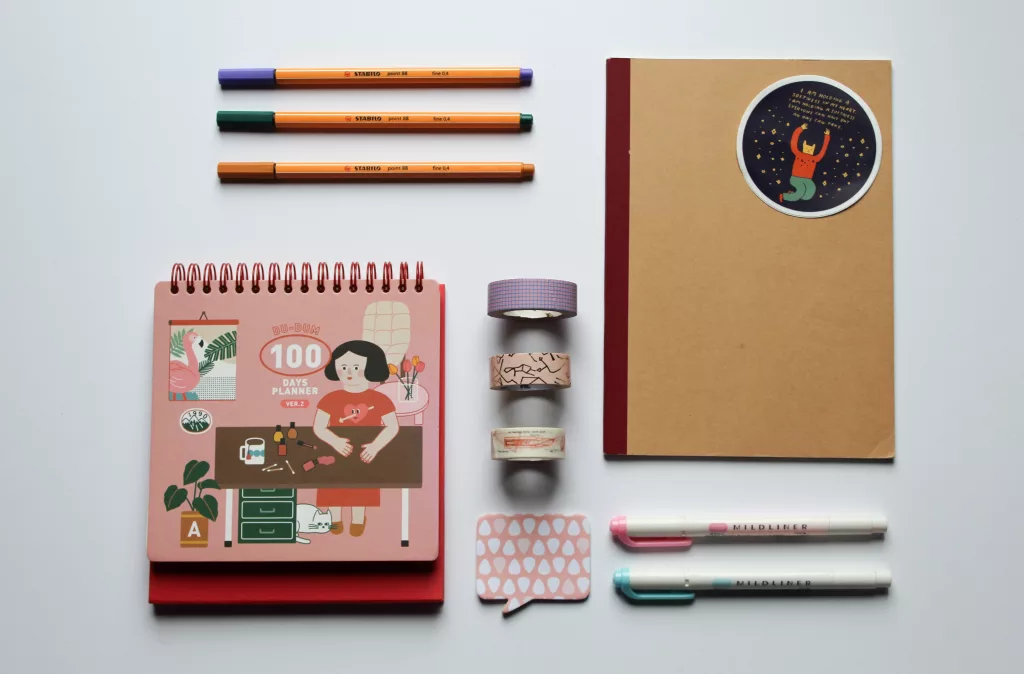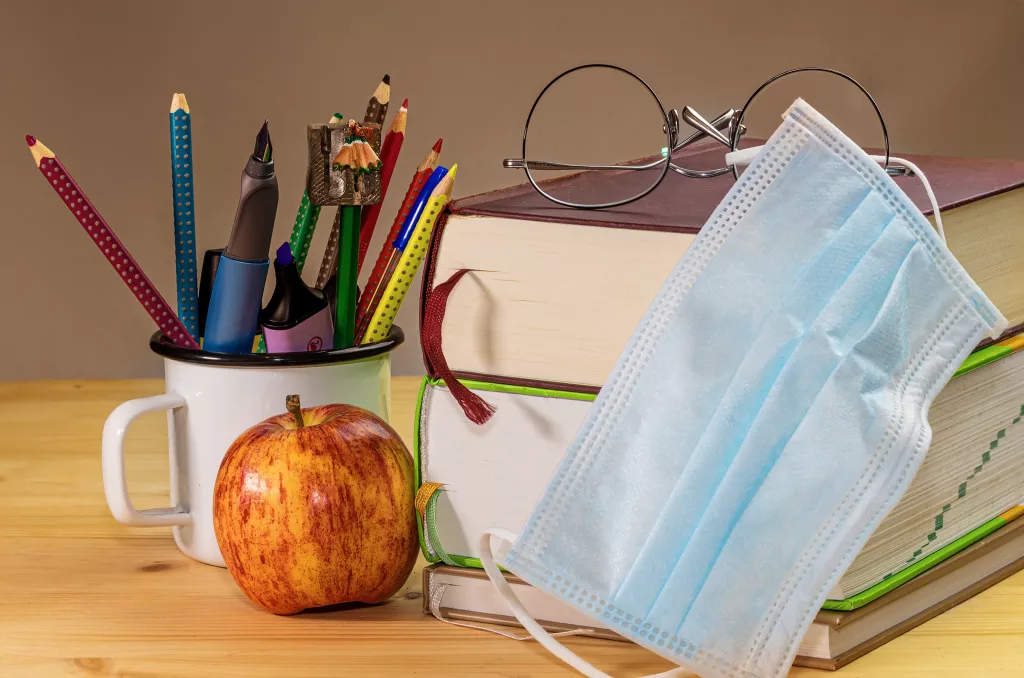Recognizing the Challenges Faced by Teachers
Teacher dedication and passion are the pillars of education. Yet it is usually accompanied by many difficulties along the way which exhaust their strength and leave them dizzied. Some of the most pressing issues teachers face include:
• Heavy workloads: The problems of working long hours, dealing with administrative matters, and responding to unending curriculum requests make it impossible to look after oneself or have a personal life.
• Limited resources: Lack of funds limits access to technology, materials and professional development.

The Essential Role of a Teacher Survival Kit
Of course, just as superheroes have their utility belts, teachers also must carry their survival kits. I know this metaphorical tool kit isn’t magic, but it’s a compendium of tools and ways of thinking for teachers to seek power, cope with obstacles and achieve success.
A teacher survival kit should be personalized and cater to individual needs, but some core elements can benefit all educators:
• Time management tools: Planners, scheduling programs and other organizational plans, can assist teachers in doing things well by helping them set priorities for their time and minimize stress.
• Self-care resources: Stress-reduction techniques, mindfulness exercises and relaxation and leisure activities are key to maintaining both mentally and physically.
Creating a Supportive Toolkit for Educational Heroes – Teacher Survival Kit
Building a robust teacher survival kit requires a multi-pronged approach:
• Individual initiative: All teachers should seek out resources, find what fits them best, and further develop their tool kit.
• School-level support: Schools can also invest in professional development, give teachers access to technology and other resources, and promote a culture of support for and from others.
• Community involvement: Parents, families and community groups can provide volunteer labor, supplementary resources and lobby for policies on behalf of teachers.

Classroom Organization Essentials – Teacher Survival Kit
A properly arranged classroom is a dream environment for teachers and students alike. This promotes efficiency, lowers stress levels and creates an atmosphere that is conducive to learning. However, organizational utopia cannot be reached without an array of tools and tactics. So, let’s delve into the two pillars of classroom organization: They do everything from planning and organizing to classroom management.
Planner and Organizer: Your Time-Wrangling Superhero
Just consider the planner as your classroom’s time machine. That keeps you from getting too blown about, but allows you to arrive at your destination–a delightful, fruitful school day-in the shortest possible time.
Structuring Daily Lessons and Activities: Teacher Survival Kit
A solid planner is your curriculum architect. You can:
• Map out lesson plans: Include activities, assessment and differentiation all in the time scheduled for each subject.
• Schedule breaks and transitions: Plan bathroom breaks, breaks for thinking and head-clearing exercises, and how to move seamlessly between different tasks.
• Visualize the flow: Map out what will happen on the day, how students should be arranged in their seats, what materials will be required and so forth.

Efficient Time Management for Teachers:
But your planner is also more than just lessons-it’s your own productivity coach. Utilize it to:
• Prioritize tasks: Distinguish between the urgent and the important and do first things first.
• Delegate and collaborate: Avoid working alone by sharing responsibilities with students or colleagues to ease the burden.
Classroom Management Tools: Cultivating a Thriving Learning Environment
In addition to managing time, appropriate classroom-management tools allow a positive, respectful environment in which everyone can grow.
Behavior Charts and Incentives:
But positive reinforcement can help a lot. Behavior charts offer a visual system for tracking student behavior:
• Create clear expectations: What do they mean by positive behaviors like attentiveness, raising hands and turning in homework on time?
• Implement a points system: Award points for good behavior, and set attainable objectives to earn such rewards as additional playtime or the right to select an activity in class.
Fostering a Positive Learning Environment:
Beyond charts, several strategies can cultivate a thriving classroom:
• Set the tone with routines: Standardize routines for entering and exiting the classroom, lining up, giving or taking materials, etc., so as to minimize chaos.
• Create a welcoming space: Use student paintings and drawings for classroom decor, along with inspirational quotations and comfortable furniture to lend them the feeling of community and belonging.
• Promote student voice and choice: Let students select what they want to learn, help them decide on classroom matters and encourage them to express ideas so that they will be better motivated.
Teaching Aids and Resources: Your Arsenal for Engagement and Inspiration
Each teacher must have a set of effective weapons in this battle for students. A pair of active teaching assistants, and material in comes. These allies will enrich your teaching, give life to your presentation and make a classroom an exuberant learning space. It’s got all the high-tech interactive tools, and it’s visually stunning. So, let’s unlock the power of two key players: interactive whiteboards and educational posters.
Interactive Whiteboard Markers: Lessons From Your Digital Paintbrush
And please, no dusty chalk and messy markers. Today, the use of interactive whiteboards has greatly changed lesson preparation, and what could be better to draw with on this electronic canvas than something colorful and pliant.
Engaging Students in Visual Learning:
Interactive whiteboard markers unlock a world of possibilities for visual learning:
• Draw diagrams and illustrations: Transform abstract concepts into colorful diagrams, flowcharts and mind mapping materials to excite students.
• Play interactive games and activities: Use the whiteboard program to create quizzes, questionnaires, or games that bring students out of their seats and into play; this will not only boost participation but it will allow what is learned to stick.
• Highlight key points and annotate documents: Highlight information in emphasis as you move along and then give a detailed explanation.
Enhancing Interactive Teaching:
Interactive whiteboard markers go beyond static visuals, transforming your teaching into a dynamic performance:
• Zoom in and out on details: Microscopic structure or an entire landscape a button press will carry students on its visual voyage.
• Write and erase effortlessly: Don’t pause, then resume, don’t keep going through interruptions correcting mistakes as you go along.
• Connect devices and share content: Project students display digital images of the work, online resources, or interactive applications on the whiteboard to motivate classmates ‘collaboration.
Educational Posters: Visual Companions for Reinforcing Knowledge
In the real world, eye-catching wall charts add color and information to your classroom.
Reinforcing Key Concepts:
Posters serve as constant visual reminders of essential information:
• Display key vocabulary words: Colorful illustrations and word definitions of main vocabulary terms give present students assistive mnemonics.
• Summarize complex concepts: Use visual charts and drawings to section off large science, history or literary works into manageable bites.
• Provide quick reference guides: Post formulas, rules of grammar or other similar helpful charts in the students ‘working areas where they may work alone or with others.
Creating a Stimulating Classroom Atmosphere:
Posters go beyond academics, setting the tone for a positive and engaging learning environment:
• Inspire a love of learning: Post up positive phrases or great scientists, artists and scenes in the class to propel students interest and desire.
• Celebrate diversity and inclusion: The posters should be selected to represent the cultures of various people, famous historical figures and their deeds so as to create an environment that is really a place for all students.
• Promote student work: They like to set student artwork, poems or even assignments on posters to commemorate their successes and boost everyone’s confidence.
Conclusion: Empowering Educators, One Tool at a Time
Along the way, we have broached many different aspects from The Teacher Survival Kit. These include material and methods helpful to teachers in preparing students for life; how they can create interesting classroom environments; and how they can cope with the pressures of this most gratifying of professions. Of course, this is no off-the-shelf prapbook, but just some general pointers which can be adapted and altered to suit one’s personal style of teaching and the varying requirements of each individual student.
FAQs: Your Survival Kit Queries Answered
My university college students are disruptive and unengaged. What can I do?
Positive reinforcement strategies like conduct charts and incentives can work wonders. Additionally, find out interactive sports, era assets, and progressive processes to faucet into their pursuits to reignite their engagement.
I enjoy burnt out and don’t have any time for self-care. What can I do?
Prioritize scheduling self-care sports on your planner. Even small acts of mindfulness, rest techniques, or connecting with cherished ones may want to make a large distinction. Remember, a healthful and glad teacher is a higher instructor.
Technology is terrific, however I’m no longer tech-savvy. Is there nonetheless hope for me?
Absolutely! Start with simple equipment like academic apps or interactive whiteboard sports activities. There are also plenty of assets to be had on line and thru professional development possibilities to help you emerge as more cushty with era.
I experience undervalued and unsupported. What can I do?
Connect with exceptional educators! Build a help community of affiliates, mentors, or online communities. Sharing stories, challenges, and successes can empower and encourage you.
